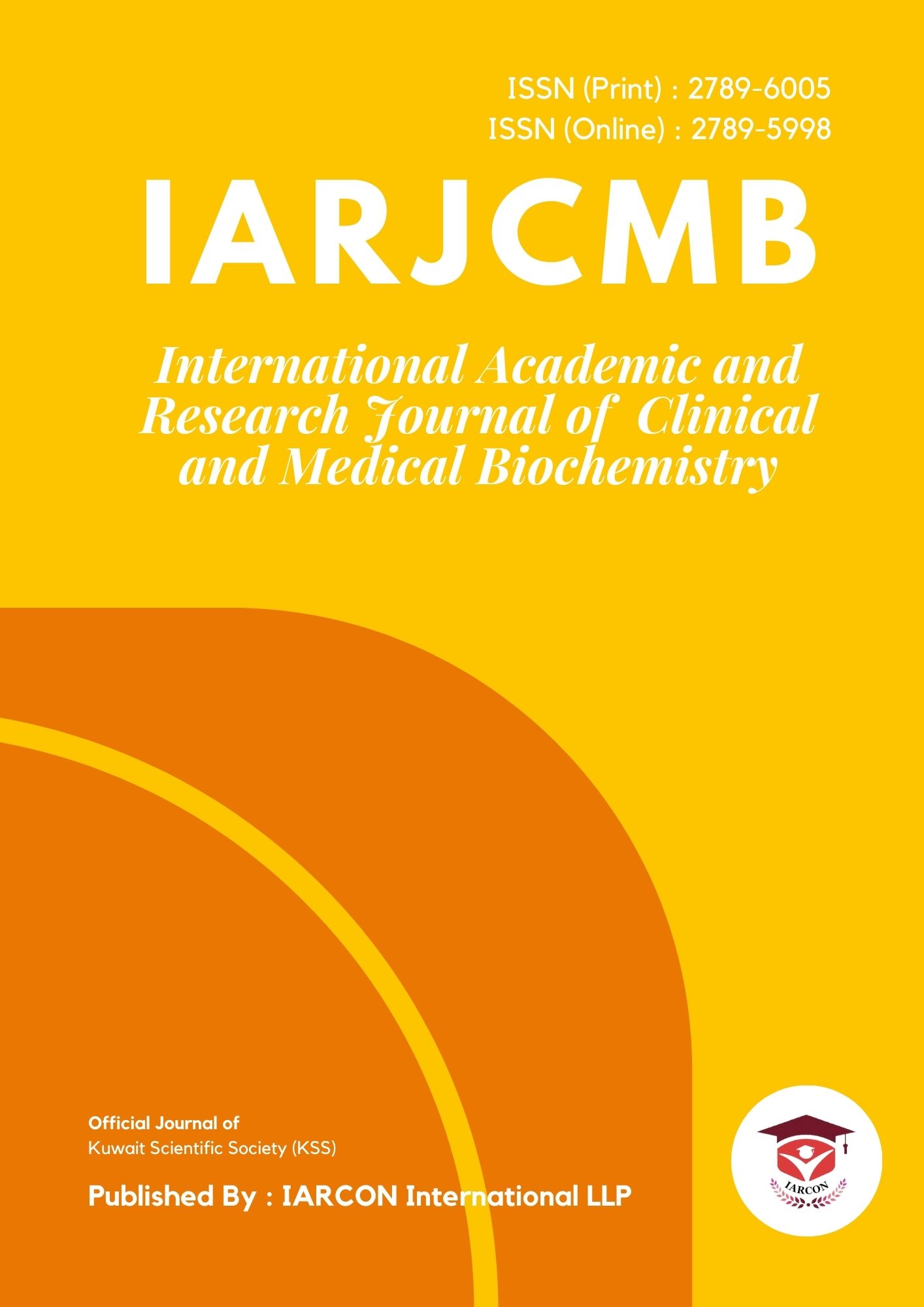The most prevalent STI in the US is HPV (McLendon et al., 2021). Which is extremely harmful to an individual's social life. All sexually active men and women will eventually obtain HPV, even if they do not also catch any other Papillomaviridae-related illnesses. HPV is a tiny, double-stranded DNA virus that causes anogenital infections, cutaneous warts, oropharyngeal (tongue, tonsil, and throat) cancers, and anogenital (cervical, anal, vulvar, vaginal, and penile) cancers. In women, CC is the third most common type of cancer (Kombe Kombe et al., 2021). The pathogenesis of HPV infections is dependent on the type of virus, the host immune system, and the local environmental conditions. HPV infections are linked to a number of benign and malignant disorders. Condylomata acuminata, also known as anogenital warts, is a STI that is mostly caused by LR HPV genotypes11 and 6. However, co-infections with HR HPV genotypes have also been reported (Stuqui et al., 2023). The treatment for anogenital warts, which are benign proliferative diseases that cause visible lesions like single or multiple papules on the vulva, vagina, cervix, penis, scrotum, perineum, and perianal area, involves freezing or vaporizing the tissue with a CO2 laser, as well as applying topical immune-modulating, antimitotic, antiviral, and anti-carcinogenic medications (Bornstein, 2019). ELISA is widely recognized as the most widely used technique in hospitals and clinics worldwide. In the biotechnology sector, it has also been extensively utilized for the precise identification and measurement of biological agents (mostly proteins and polypeptides), and its significance in therapeutic, food safety, and environmental applications is growing. It is thought that ELISA has been used in some capacity in every laboratory; it offers highly repeatable and quantitative data, making it a useful biotechnological tool for clinical diagnosis and scientific study (Al-Taie et al., 2018).

